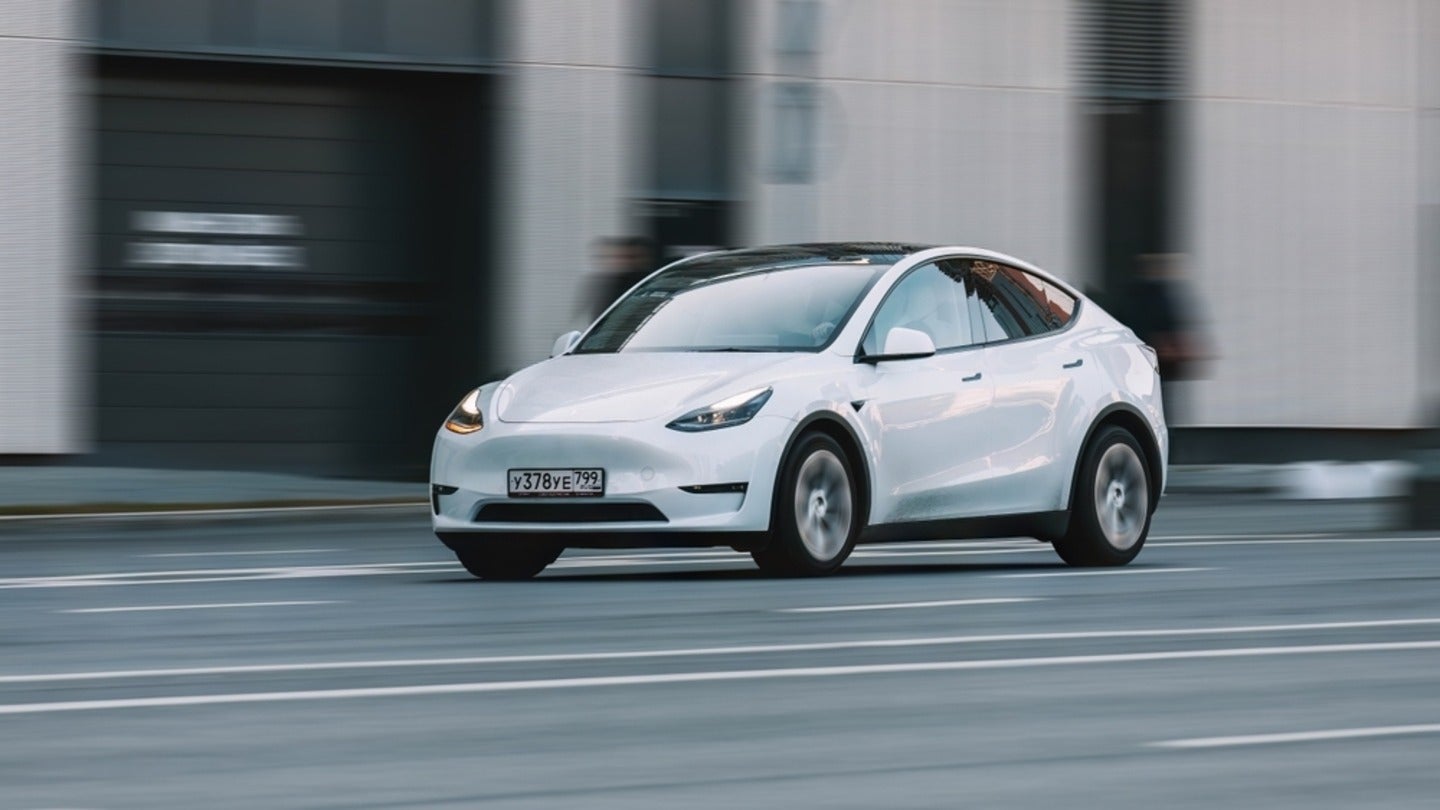
Tesla was reported to have lowered driving range for its electric vehicles as a new US government vehicle testing regulation took effect to ensure automakers accurately reflect real world performance.
Tesla has historically issued range estimates which overstate what its cars can deliver, prompting widespread complaints from customers, according to some automotive testing experts and a Reuters investigation last year.
Reuters reported in July the automaker, about a decade ago, rigged the algorithm that controls dashboard range estimates to give rosy projections of how far owners could drive before needing to recharge. The story also found the automaker created a secret team in 2022 to suppress thousands of driving range complaints and cancel owners’ range related service appointments.
The news agency today noted Tesla had later disclosed in an October regulatory filing that federal investigators had subpoenaed the automaker for information involving its vehicles’ driving range.
Tesla recently lowered the driving range estimates for variants of its model X, S, Y, and 3 vehicles, according to a Reuters review of marketing pages on its website compared with archived versions of the same pages and range estimates for 2023 models on a US government site.
Tesla’s website now estimates the range of a Model Y Long Range, for instance, at 310 miles, while the government’s fuel economy site, maintained by the Environmental Protection Agency (EPA), still lists the same vehicle’s range at 330 miles. Tesla dropped the range estimate for the performance variant of the Model Y, a small crossover SUV, from 303 miles to 285 miles, the Reuters review showed.
How well do you really know your competitors?
Access the most comprehensive Company Profiles on the market, powered by GlobalData. Save hours of research. Gain competitive edge.

Thank you!
Your download email will arrive shortly
Not ready to buy yet? Download a free sample
We are confident about the unique quality of our Company Profiles. However, we want you to make the most beneficial decision for your business, so we offer a free sample that you can download by submitting the below form
By GlobalDataThe news agency said new rules require automakers to test electric vehicles (EVs) for driving range and fuel efficiency in their “default” driving mode – the one the car uses when a driver first turns it on. Many modern vehicles including Teslas have an array of driving modes that allow for tuning the vehicle to maximise either efficiency or power.
If a car doesn’t have a default or standard driving mode, then the EPA requires an automaker to test the vehicle in its best case and worst case modes for efficiency and average the results, according to an EPA letter to automakers in July 2022, describing test rule changes that take effect for 2024 models, cited by Reuters.
It noted Telsa did not specify a model year in the marketing pages on its website that listed estimated ranges for its models.
Tesla offers driving modes ranging from “Chill” mode for efficiency and better range to “Drag Strip Mode” in higher performance models to boost acceleration, according to 2023 Tesla owners’ manuals posted online. Under “tips to maximise range” in its Model Y owner’s manual, Tesla advises drivers to “consider using Chill Mode.”
Telsa did not respond to Reuters requests for comment on the range estimate reductions, the new EPA rule or whether it has previously used Chill Mode, or any efficiency geared setting, during its testing to determine driving range.
The EPA, which regulates automakers’ advertised fuel economy and driving range estimates, did not answer questions from Reuters about the rationale for its testing rule, how it affected Tesla or other automakers and whether the agency had certified Tesla’s new range estimates.
EPA spokesperson Nick Conger told the news agency in a statement automakers routinely adjust efficiency estimates “with a new model year when vehicle changes or updates to test procedures provide new data”.







